Lift Forces on Viscous Mediums
Surface Waves and the Helical motion of an
Ionic medium
The motion of Ionic waves in a Plasma medium such as air over the surface of water is transferred into the water via induction. First forming ripples which then merge and grow as wind velocity and Ion concentration increases. The surface wave propagates though the water in roughly the same direction as the ionic wave. As the helical waves central axis is curved around the forward facing surface of the wave producing lift, which sucks the water up to allow the wave to propagate in the direction of motion. As the helical waves advances it curve up the rear side of the wave face and is compressed into a smaller volume, the drag created by this process push the wave down to its peak potential energy value. Since the surface of the water is providing the resistance to compress the helical wave of the pressure system and the direction of the wave front becomes almost parallel to the surface of the water.
When building a Sinusoidal Surface wave to demonstrate the effect of moving energy, Eric Laithewaite’s model uses a rotating helical screw to move rods up and down to demonstrate wave propagation. (demonstration starts @ 10 min mark)
The Ripple Effect on Helical Waves
The uniform motion of the rotating atoms inside a Magnetic “field” build up to larger and larger waves, each wave has been given different names. The first wave in the series is the Proton and “Neutron’s” motion around the barycenter of the atom.This forms the wave function of the atom with each rotating peak being termed the electron. The next wave is called the Ion, the full volume of it motion can change with velocity and the ion concentration increases as a result. This process in parallel electromagnetic waves governs the attractive force of Coulomb’s Law. The increased energy density compresses the wave function of each atom under the larger wave and can be seen as the force that is measured by Bernoulli’s equation for fluid flow created by compression a the fluid by gravitational potential energy. Lift can then be considered the opposite force, or anti-gravity. Negative potential does not exist in electromagnetism or gravity, because every helical wave is in enthalpy due to equal and opposite potential. It should be noted that Negative and Opposite are not the same thing, equal potential is only opposite to 1 reference point, which is the central axis of the wave. All points around the flux rope tube attract too this point. This can be termed the zero point of gravity or the barycentre of equal and opposite reactions. In 3D simulations of multiple Flux Rope Tubes we must remove the negative and replace it with a positive but opposite value. When calculating 2 opposite helical wave peaks moving in the opposite direction to each other, the potential energy is the sum of both wave as they converge on the Theta axis. The standing Exponential wave peak around a 360* helical current was mistakenly called Magnetic field lines.
Curvature of a Flux Rope Tube
The method described above for the generation of lift in front of surface waves, can also be applied to a fixed surface such as an airplane wing or hydrofoil. As we curve the central Z axis of each wave parallel to the direction of travel we compresses the inner curve and expand the outer curve. Since energy density (Potential difference) between 2 points requires the volume under a wave to remain the same to maintain enthalpy. As volume changes potential difference increases and lift is generated where the curve expands the distance between multiple waves in the flux rope tubes of the ionic medium.
Newton’s third law
‘Lift is caused by a flow deflection of the airstream behind the airfoil.’
Ignoring the error in the above statement by using the word “behind” the airfoil, obviously lift cannot be generated from behind the surface in which the lift is being generated perpendicular too.
The air flow in the shaded arrows are a 2D representation of the Flux Rope Tube above. The manipulation of the direction of travel can be seen around the double skin foil. This explanation holds true for single skin foils such as yacht sails, which use a single layer of fabric to generate lift perpendicular to the curvature of the sail cloth.
Lift generated by a yacht’s sail is largely ignored by high school physics teachers when discussing the incorrect theories on lift that have been proposed thus far. The 3 most common have been disproven by NASA, yet this is generally not discussed in textbooks.




